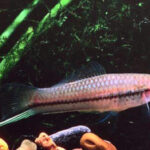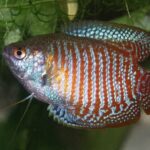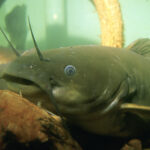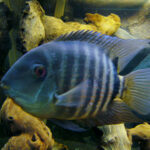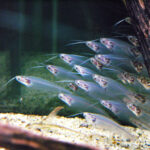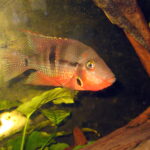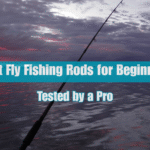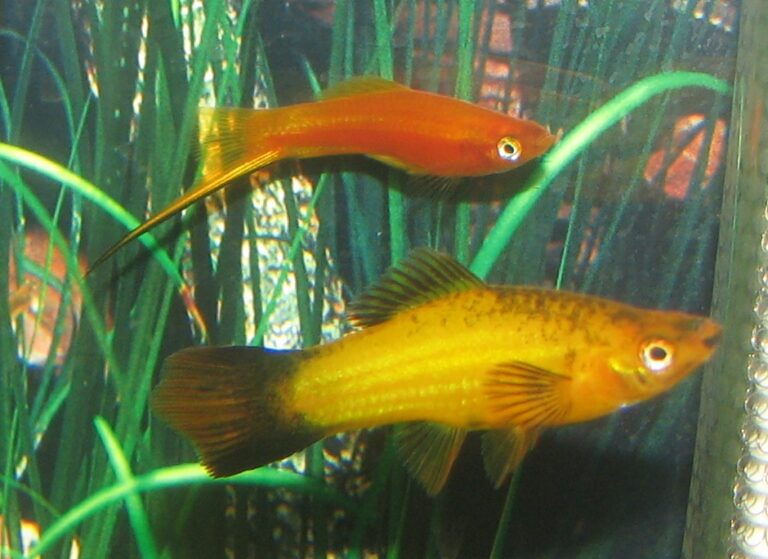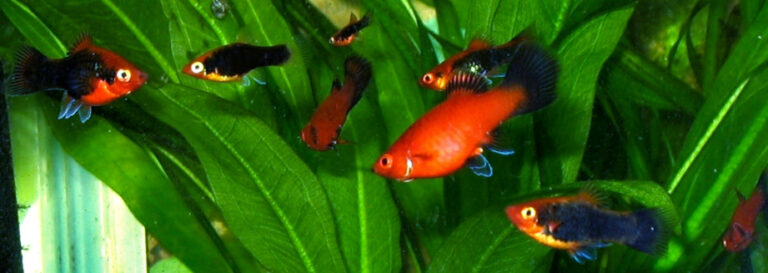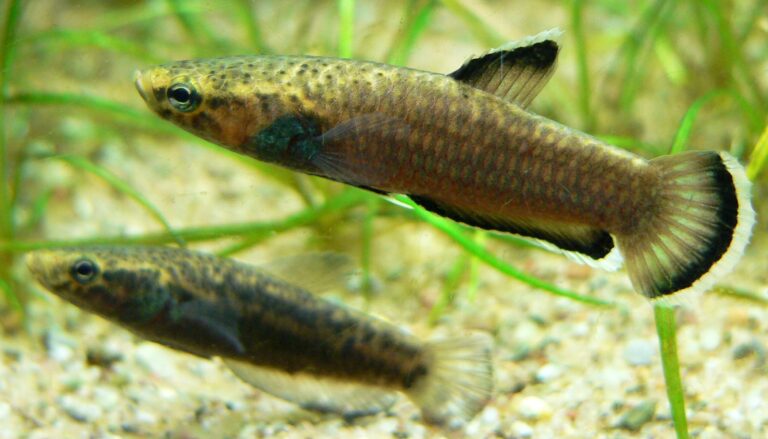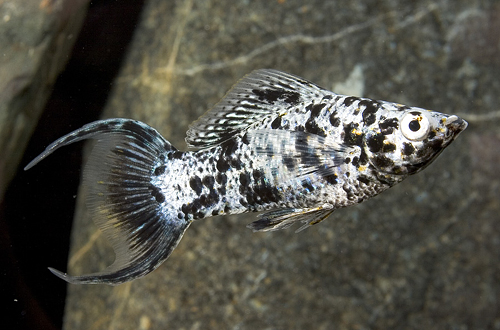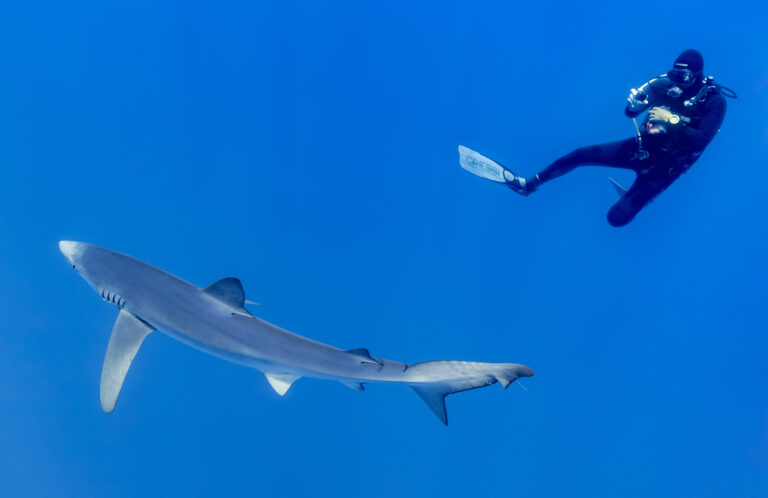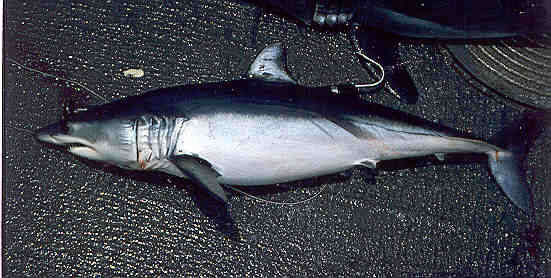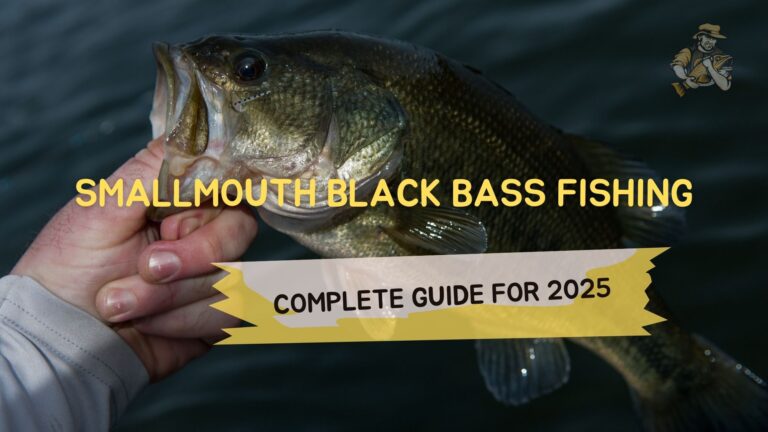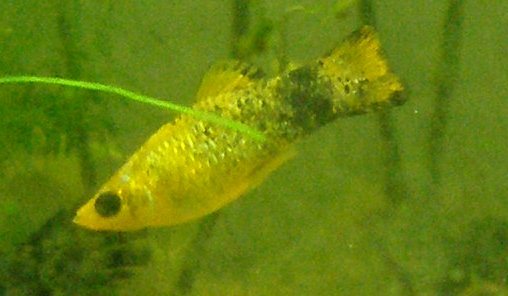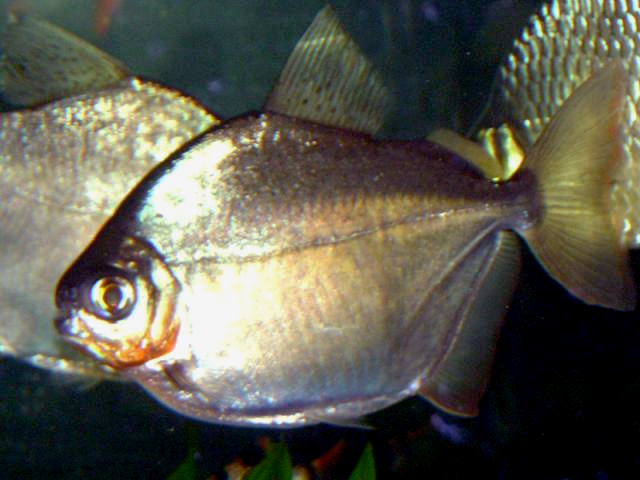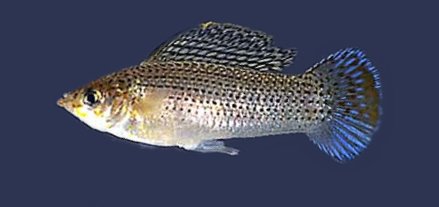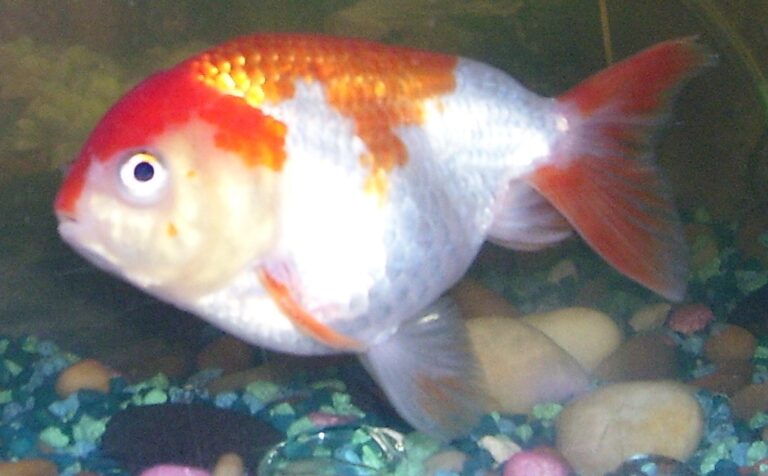Betta Fish Types: Identifying 15+ Beautiful Varieties
By Adam Hawthorne | Last Modified: May 4, 2025
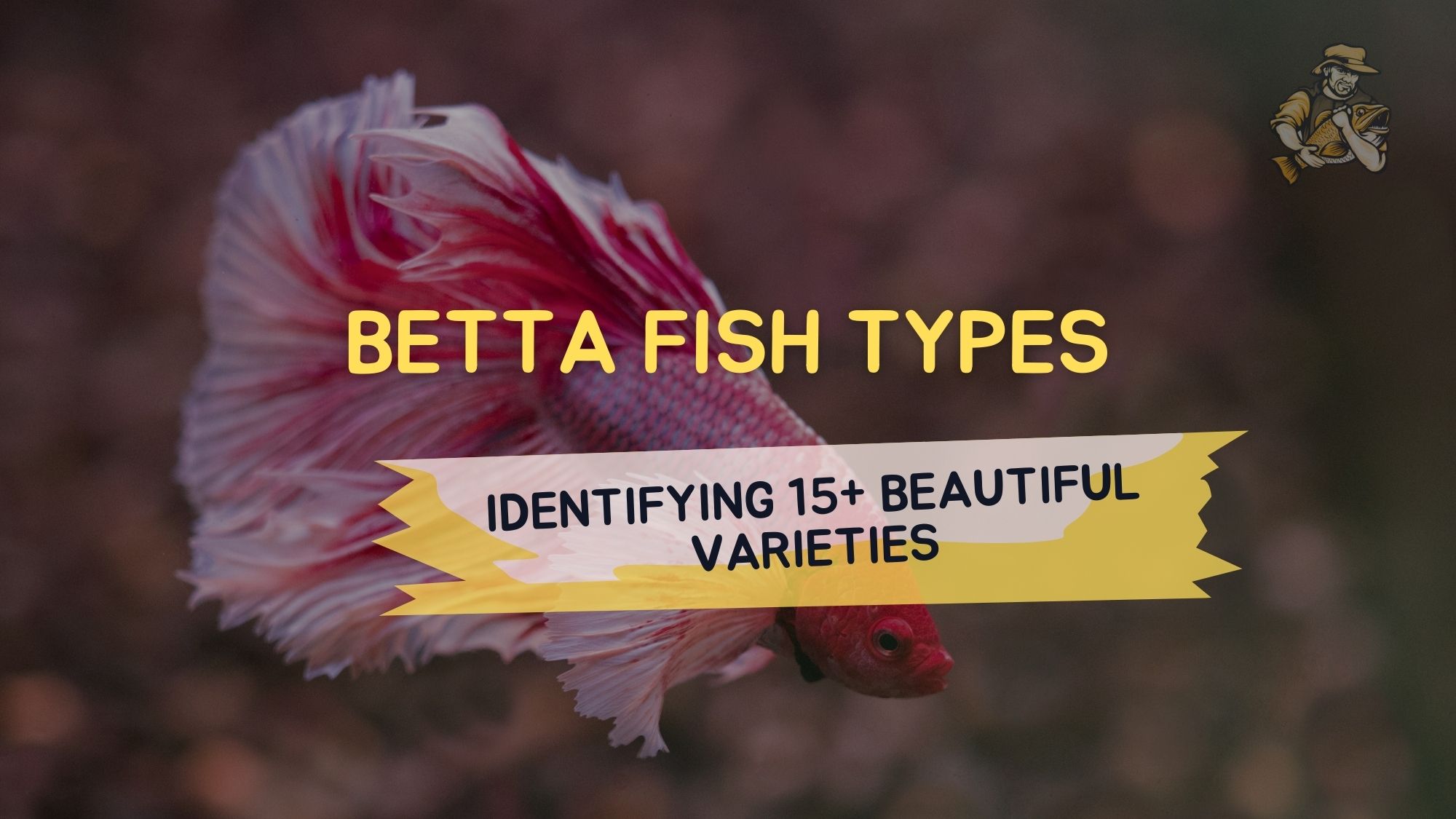
Walking into a pet store’s fish section always gives me that same feeling of wonder, especially when I reach the betta display. Those vibrant colors and flowing fins that seem to dance in the water – it’s no wonder they’ve become one of the most popular freshwater fish for beginners and experienced aquarists alike.
I’ve kept bettas for years alongside my fishing adventures, and they’ve taught me just as much about fish behavior as any lake or river. While most folks know them as “Siamese fighting fish,” many don’t realize the incredible variety of betta fish types available today.
In this guide, I’ll walk you through the fascinating world of betta fish varieties, from tail types to color patterns that’ll make your jaw drop. Whether you’re looking to add one to your home or just appreciate these living jewels, you’ll discover what makes each type unique.
Betta Fish Types: Understanding the Basics
Before diving into the specific varieties, it helps to understand what we’re looking at when identifying betta fish types. Most bettas sold in pet stores are Betta splendens, but the differences in appearance come from selective breeding for specific traits.
When classifying bettas, we typically look at two main characteristics:
- Tail type and fin structure
- Color and pattern
Bettas have been bred for centuries – first in Thailand (formerly Siam) for fighting, which is how they got their common name. But modern breeders focus on creating increasingly dramatic fins and stunning color combinations rather than aggressive tendencies.
I remember buying my first betta from a local pet shop about 20 years ago. It was a simple red veiltail – nothing fancy by today’s standards, but I was mesmerized. Today’s varieties would have blown my mind back then.
Quick Facts About Betta Fish
- Scientific name: Betta splendens
- Origin: Rice paddies and slow-moving waters of Thailand, Cambodia, and Vietnam
- Lifespan: 2-5 years with proper care
- Size: 2-3 inches (body length, not including tail)
- Tank requirements: Minimum 5 gallons, heated, filtered
- Temperament: Males are territorial toward other male bettas
Common Betta Fish Tail Types
The most noticeable difference between betta varieties is their tail shape. Each has distinct characteristics that betta enthusiasts seek out. Let’s explore the most popular tail types you’ll encounter.
1. Veiltail Betta
The veiltail is what most people picture when thinking of bettas. Their long, flowing dorsal fin droops downward like a veil (hence the name).
I’ve owned several veiltails over the years, and they’re generally the most affordable and common type you’ll find in pet stores. Don’t let their commonality fool you though – they can be just as vibrantly colored as their fancier cousins.
Last summer, I had a stunning blue veiltail named Captain that would flare his fins whenever I approached the tank. These fish definitely have personality!
Key characteristics:
- Long, flowing tail that droops downward
- Asymmetrical tail shape
- Usually single-colored but can have color variations
- Most common in pet stores
2. Crowntail Betta
Crowntails are instantly recognizable by their spiked fins that resemble a crown. The rays of their fins extend beyond the webbing, creating a spiky or fringed appearance.
I found my first crowntail at a specialized fish store in Traverse City. The dramatic red spikes against his navy blue body made him look like something from another world. These fish require slightly more attention to water quality, as their extended rays can curl or fuse if water conditions deteriorate.
Key characteristics:
- Extended fin rays that project beyond the webbing
- Spiky appearance on all fins
- Can have different degrees of “crowning”
- More sensitive to poor water quality
3. Halfmoon Betta
Halfmoon bettas are prized for their spectacular 180-degree tail spread that forms a perfect half-circle when flared. Finding a true halfmoon with the full 180-degree spread is actually harder than you might think.
On a trip to a fish exhibition in Chicago, I saw championship-quality halfmoons that looked like swimming flowers. Their tails were so perfect they almost seemed unreal. Maintaining that perfect spread requires excellent genetics and care.
Key characteristics:
- Tail forms a perfect 180-degree spread when flared
- Full, symmetrical appearance
- Large fins require clean water to prevent fin damage
- Often more expensive than veiltails or crowntails
4. Delta and Super Delta Betta
Delta bettas have tails that expand outward but don’t quite reach the 180-degree spread of halfmoons. Their tails resemble the Greek letter delta (Δ), hence the name. Super deltas come close to the halfmoon spread but fall just short.
I once bred a pair of deltas, hoping for halfmoons, but genetics can be unpredictable. The fry had varying degrees of tail spread, which taught me a lot about betta genetics. Some fish stores mislabel super deltas as halfmoons, so look carefully at the spread if you’re specifically seeking a true halfmoon.
Key characteristics:
- Delta: 120-160 degree spread
- Super Delta: 160-179 degree spread
- More symmetrical than veiltails
- Tail has straight edges that form a triangular shape
5. Plakat Betta
The plakat is the traditional fighting betta with short, sturdy fins. These fish are closer to wild-type bettas and are known for their agility and hardiness. The short fins make them less susceptible to fin tears and infections.
During a fishing trip to Thailand about five years ago, I visited some traditional betta breeders. The plakats they kept were nothing like our ornamental varieties – they were muscle-bound little torpedoes built for speed. Modern show plakats combine this sturdy build with brilliant colors and patterns.
Key characteristics:
- Short, rounded tail and fins
- More active swimmers due to less fin weight
- Stronger and often hardier than long-finned varieties
- Symmetrical appearance
6. Rosetail and Feathertail Betta
These are extreme variations of the halfmoon, with excessive branching of the fin rays that creates a ruffled, rose-like or feathery appearance. While stunningly beautiful, this excessive finnage can sometimes lead to health and mobility issues.
I saw a gorgeous copper rosetail at a specialty shop near Lake Michigan that was so heavily finned he could barely swim. Beauty comes at a cost for these fish, and I’ve found they often require more spacious, shallow tanks to accommodate their heavy fins.
Key characteristics:
- Extreme ray branching creating a ruffled look
- Feathertails have even more branching, creating a feathery appearance
- Heavy fins can cause swimming difficulties
- Prone to fin damage and dragging
7. Dumbo or Elephant Ear Betta
These bettas have enlarged pectoral fins that resemble elephant ears. The technical term is “pectoralis,” but the nickname is much more fitting when you see them gracefully waving those massive pectoral fins.
My nephew’s dumbo betta, “Peanut,” used his oversized pectoral fins like wings, seeming to fly through the water. These unique bettas have become increasingly popular in recent years and come in various tail types.
Key characteristics:
- Enlarged pectoral fins resembling ears or wings
- Can occur with any tail type
- Pectoral fins often white or translucent but can match body color
- Swimming style differs from standard bettas
8. Double Tail Betta
As the name suggests, these bettas have two distinct tail lobes instead of one. The genetic mutation also typically results in a wider dorsal fin and shorter body, giving them a distinctive silhouette.
I found double tails tend to be slightly more delicate in my experience. The one I kept in my office tank had some swim bladder issues, which is something to watch for with this variety. However, when healthy, they’re truly spectacular.
Key characteristics:
- Two distinct tail lobes with a clear separation
- Wider dorsal fin than other varieties
- Slightly shorter body
- Can be combined with other tail types (double halfmoon, etc.)
Betta Fish Color Varieties
Beyond tail types, bettas display an astonishing array of colors and patterns. Through selective breeding, betta enthusiasts have created fish with metallic sheens, marble patterns, and even colors that seem to glow under certain light.
Solid Colors
Solid-colored bettas have a single, uniform color throughout their body and fins. The most common colors include:
- Red – The classic betta color, ranging from bright cherry to deep crimson
- Blue – From royal blue to turquoise to steel blue
- White – Can be opaque or cellophane (translucent)
- Black – Actually a very deep blue that appears black
- Yellow – Ranges from pale pastel to vibrant canary yellow
- Orange – More rare than red or blue
- Green – Usually a combination of blue and yellow layers
Bi-color Bettas
These fish have a body color that’s distinctly different from their fin color. Common combinations include:
- Red body with white fins
- Blue body with white fins
- Black body with yellow fins
Multicolor and Patterned Bettas
These bettas show multiple colors in interesting patterns:
1. Marble Betta
Marble bettas display an unpredictable pattern of colors that can actually change throughout the fish’s life. This “jumping gene” effect can transform your fish’s appearance over time.
I had a marble betta that started mostly white with blue patches and gradually transformed until he was almost entirely blue with just a few white spots. It was like getting a new fish every few months! This genetic trait is called the “jumping gene” or “koi gene” by breeders.
Key characteristics:
- Random color patches that may change over time
- Often a combination of red, blue, black, or white
- No two marble bettas are identical
- Some may completely change color over their lifetime
2. Butterfly Betta
Butterfly bettas have a solid-colored body with fins that transition to a different color (usually white or clear) at the edges, creating a band effect.
Key characteristics:
- Two-toned fins with distinct color bands
- Body typically solid-colored
- Clear division between colors
- Can occur in any tail type
3. Koi Betta
Named after Japanese koi carp, these bettas display a pattern reminiscent of traditional koi fish, with patches of red, white, black, yellow, or orange. They’re a variation of marble bettas and can also change patterns over time.
During a trip to an aquarium convention in Detroit, I saw some koi plakats that looked exactly like miniature swimming koi carp. The resemblance was uncanny, especially with the red, white, and black patterning.
Key characteristics:
- Patches of red, white, and black similar to koi carp
- Often found in plakat varieties
- Patterns may change over time
- Increasingly popular in recent years
Special Color Traits
Some bettas possess special color traits that affect their appearance:
1. Metallic/Copper
These bettas have a gene that gives them a metallic sheen, like they’ve been dipped in liquid metal. Colors include copper, gold, platinum, and steel.
I kept a copper halfmoon that looked like a swimming penny under the right light. That metallic overlay makes colors shift and change depending on viewing angle and lighting.
2. Dragon Scale
Dragon scales have thick, metallic scales that overlap like armor, particularly on the body. They’re usually light-colored with a strong metallic appearance.
Key characteristics:
- Thick, metallic scales that appear raised
- Often white/platinum body with colored fins
- Scale pattern resembles dragon scales or armor plating
- Can sometimes develop vision problems as scales grow
3. Mustard Gas
Despite the unfortunate name, mustard gas bettas are stunning fish with blue or green bodies and yellow/orange fins. The original strain was bred by a famous breeder named Jude Als.
Key characteristics:
- Blue or green body
- Yellow or orange fins
- Strong contrast between body and fin color
- Can have butterfly patterning
Wild-Type Bettas
While Betta splendens gets all the attention, there are actually over 70 betta species in the wild! Most are mouth-brooders rather than bubble-nest builders like B. splendens.
Some wild bettas available in the hobby include:
- Betta imbellis (Peaceful Betta)
- Betta mahachaiensis (Mahachai Betta)
- Betta smaragdina (Emerald Betta)
- Betta albimarginata (Whitseam Betta)
When I visited Thailand, I had the opportunity to see some wild bettas in their natural habitat. They were nowhere near as colorful as our domestic varieties, but there was something special about seeing these fish as nature intended them.
Wild bettas typically have shorter fins and more subdued coloration but are prized by enthusiasts for their natural behaviors and rarity.
Caring for Different Betta Types
Different betta varieties may have slightly different care requirements:
Long-finned Varieties (Halfmoons, Rosetails)
Fish with excessive finnage like halfmoons and rosetails often benefit from:
- Slower water flow to avoid fin damage
- Smooth decorations without rough edges
- Slightly larger tanks for easier maneuvering
- Regular monitoring for fin tears or damage
I’ve found that baffling the filter output with a sponge helps reduce current for heavy-finned bettas. My rosetail would struggle against even moderate currents, so creating areas of still water was essential.
Short-finned Varieties (Plakats)
Plakats and other short-finned bettas:
- Can handle stronger water flow
- Are typically more active swimmers
- May appreciate more swimming space
- Often hardier and less prone to fin issues
All Betta Varieties Need:
- Water temperature between 78-80°F (25-27°C)
- Minimum 5-gallon filtered, heated tank
- Regular water changes (25% weekly)
- High-quality diet of pellets, frozen, and live foods
- Plants (live or silk) for resting places
- Water parameters: pH 6.5-7.5, 0 ammonia, 0 nitrite, <20 nitrate
I learned the hard way that skimping on tank size or heaters leads to health problems. After losing an early betta to cold water stress, I’ve been religious about providing proper heating for all my bettas.
Where to Find Quality Betta Fish
The bettas you’ll find at chain pet stores barely scratch the surface of what’s available in the hobby. For specialty types, consider:
- AquaBid – The eBay of the fish world, with high-quality bettas from breeders worldwide
- Local fish stores that specialize in bettas
- Betta shows and auctions
- Betta Source – Forum with breeder classifieds
- Frank’s Bettas – Renowned breeder specializing in wild types and high-quality specimens
When I was getting serious about bettas, I connected with a local breeder through a Michigan aquarium club. The quality difference between his show bettas and pet store stock was night and day. His fish had perfect form, vibrant colors, and much better health.
Common Questions About Betta Types
Are certain betta types more aggressive than others?
In my experience, plakats and other short-finned varieties tend to be more active and sometimes more aggressive than their long-finned counterparts. This makes sense considering they’re closer to the fighting bettas of Thailand. However, individual personality varies enormously regardless of type.
The most aggressive betta I ever kept was actually a docile-looking veiltail who would flare at absolutely everything – including his own reflection and sometimes even his food!
Which betta types are best for beginners?
Veiltails and plakats tend to be hardier and more forgiving of minor care mistakes, making them good starter fish. Extremely specialized types like rosetails and feathertails often have more health issues and require more experienced care.
Can different betta types be kept together?
No matter what type of betta you have, males should never be housed together. Female bettas can sometimes live in groups called “sororities,” but this requires careful introduction, plenty of space, and monitoring for aggression.
Even with my decades of fish experience, I’ve had mixed results with betta sororities. It’s not a setup I generally recommend for casual hobbyists.
Do different betta types have different personalities?
While there’s no scientific evidence that tail type determines personality, many betta keepers (myself included) have noticed trends. Plakats tend to be more active and exploratory, while heavy-finned types like rosetails are often more sedate.
How can I tell if a betta is healthy when purchasing?
Regardless of type, look for these signs of health:
- Active, alert behavior
- Responds to your movement
- No clamped fins or labored breathing
- Clear eyes and intact fins
- Good body condition (not too thin)
- No visible parasites or fungus
I once walked away from purchasing a stunning halfmoon because he was lethargic in his cup. No matter how beautiful, a sick fish is never a good investment.
Final Thoughts on Betta Varieties
The world of betta fish types continues to evolve as breeders develop new colors, patterns, and fin types. What was rare ten years ago might be common today, and who knows what variations we’ll see in the future.
Whether you prefer the classic elegance of a veiltail, the dramatic flair of a halfmoon, or the traditional look of a plakat, there’s a betta variety to match any preference. Just remember that beyond their beauty, these are living creatures that deserve proper care and environment.
I’ve kept dozens of bettas over the years alongside my fishing adventures, and I’ve found they share something important with their wild cousins – they each have unique personalities and behaviors that make them fascinating to observe. No matter which type catches your eye, providing good care will reward you with years of colorful companionship.
What’s your favorite betta variety? Have questions about caring for a specific type? Drop a comment below, and I’ll be happy to help!
Share The Article:
More Fish Species:
-
Pineapple Swordtail
The Pineapple Swordtail (*Xiphophorus hellerii* var. pineapple) represents one of the most striking color variants of the common swordtail,…
-
Southern Platyfish
The Southern Platyfish, scientifically known as *Xiphophorus maculatus*, represents one of the most significant freshwater fish species in both…
-
Caribbean Reef Shark
The Caribbean Reef Shark (*Carcharhinus perezi*) stands as one of the most recognizable and ecologically significant predators patrolling the…
-
Betta Fish
The Betta Fish, scientifically known as Betta splendens, is one of the most visually captivating and widely recognized freshwater…
-
Lyretail Molly
The Lyretail Molly (*Poecilia latipinna*) stands as one of the most recognizable and ecologically significant freshwater fish species in…
-
Blue Shark
The Blue Shark (Prionace glauca) represents one of the ocean’s most accomplished travelers, traversing entire ocean basins in epic…
Discover
-
Shortfin Mako Shark
The Shortfin Mako Shark stands as one of the ocean’s most remarkable predators, combining exceptional speed with sophisticated hunting…
-
Smallmouth Black Bass Fishing: Complete Guide for 2025
If you’ve ever felt that sudden, powerful tug on your line followed by an acrobatic jump that leaves your…
-
How to Fish for Salmon in 2025: Expert Tips and Techniques
Few fishing experiences match the thrill of feeling a salmon take your line. These powerful fish have captivated anglers…
-
Fishing in Long Beach: Best Guide (Local Secrets Revealed)
There’s something magical about casting a line along the Southern California coast, especially when fishing in Long Beach. I’ve…
-
Bora Bora Fishing: What I Learned After 3 Failed Trips
I still remember staring at those impossibly blue waters on my first morning in Bora Bora, thinking I was…
-
Texas Fishing License Guide: 2025 Costs & Requirements
I still remember the day a Texas game warden approached me on Lake Texoma while I was reeling in…
Discover
-
Balloon Molly
The Balloon Molly (*Poecilia latipinna* var.) represents one of the most distinctive and popular ornamental fish varieties in the…
-
Silver Dollar Fish
The Silver Dollar Fish (*Metynnis argenteus*) stands as one of South America’s most recognizable freshwater species, renowned for its…
-
Comet Goldfish
The Comet Goldfish (Carassius auratus) stands as one of the most recognizable and widely distributed freshwater fish species in…
-
Basic Fishing Techniques: Master the Fundamentals
There’s something magical about that first tug on your fishing line. I still remember mine, a scrappy bluegill on…
-
Black Molly
The Black Molly represents one of the most recognizable and enduring species in the freshwater aquarium trade, captivating both…
-
Lionhead Goldfish
The Lionhead Goldfish represents one of the most distinctive and cherished ornamental varieties within the goldfish family, captivating aquarists…

